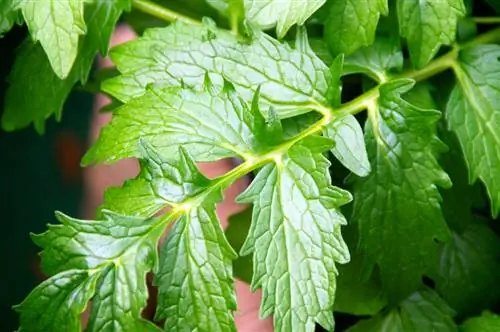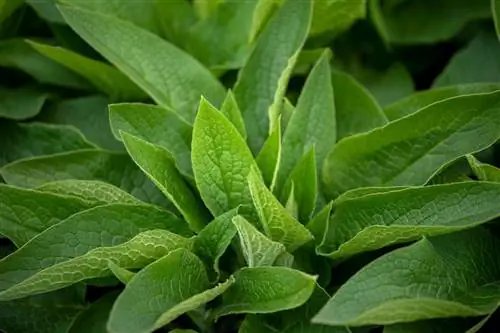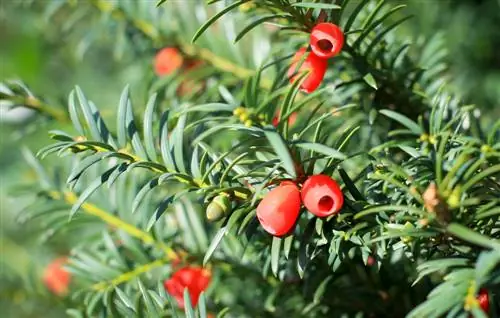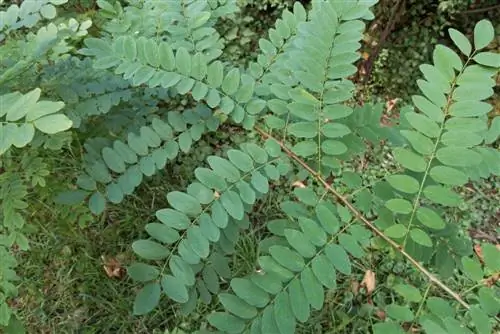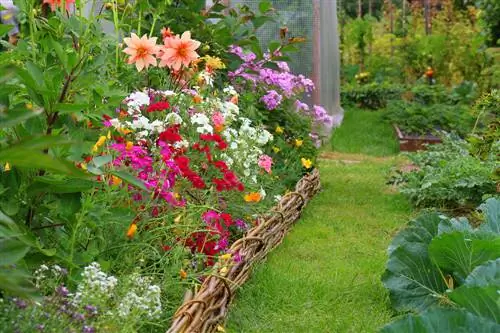- Author admin [email protected].
- Public 2023-12-16 16:46.
- Last modified 2025-01-23 11:20.
It likes to be in a location in the sun or in partial shade, is known for its healing powers and, with its delicate flowers, creates light, relaxed accents in beds - valerian. What should you know about its leaves?
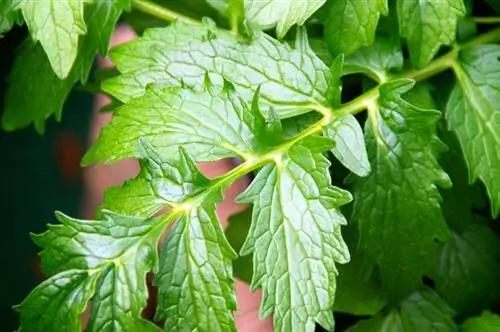
Are valerian leaves edible and how to use them?
Valerian leaves are edible, they taste similar to lamb's lettuce and can be used in salads, smoothies or stews. They can be harvested from April to October, but ideally until the end of April before the flower stalks shoot up. Dried leaves are suitable for making tea.
They emerge from the end of March/mid-April
Every year the valerian sprouts again, a perennial that has helped many people with its calming effect. The leaves begin to sprout between the end of March and mid-April.
External characteristics of the leaves
The leaves look rather inconspicuous. Nevertheless, they are striking. Once you know what the leaves look like, you will be able to recognize valerian easily in the future. They have the following features:
- mismatched
- light green to mint green colored
- slightly hairy
- oppositely arranged
- approx. 20 cm long
Let's take a closer look at the leaves. The lower leaves form a rosette at the base. They are stalked. The leaves of valerian become smaller and smaller towards the top. They no longer have stems, but lie sitting on the stem. The stem itself stands upright, is brown to reddish brown in color and is hollow.
The stems to which the individual leaflets adhere are narrow. The 5 to 23 leaflets are between 6 and 12 cm long. They are lanceolate to oval, pointed at the end, wedge-shaped at the base and slightly serrated at the edges. More rarely, the leaflets have entire margins.
Can you eat the leaves and what do they taste like?
The leaves of valerian are edible. They are tastiest when they are freshly sprouted. Their taste is reminiscent of lamb's lettuce. But as they get older, i.e. towards the flowering period, the leaves taste less good.
Due to the diminishing aroma towards flowering, if you want to collect the leaves, you should only harvest them until the long flower stalks shoot up towards the end of April. But basically the leaves can be picked from April to October.
Other uses for the leaves
The harvested leaves should ideally be used fresh. Since they taste similar to lamb's lettuce, they can be used to enrich salads. They are also suitable fresh for smoothies and stews. They also taste good straight from the plant.
Once you have dried the leaves, you can use them roughly crumbled to make tea. To do this, take about 1 teaspoon of the dried leaves and pour them into a tea strainer with 125 ml of boiling water. The tea tastes mildly spicy.
Tip
As soon as the long stem with the flowers shoots up, it is best not to harvest the leaves anymore. Then most of the power of the plant (including the ingredients) has gone into the flower.

